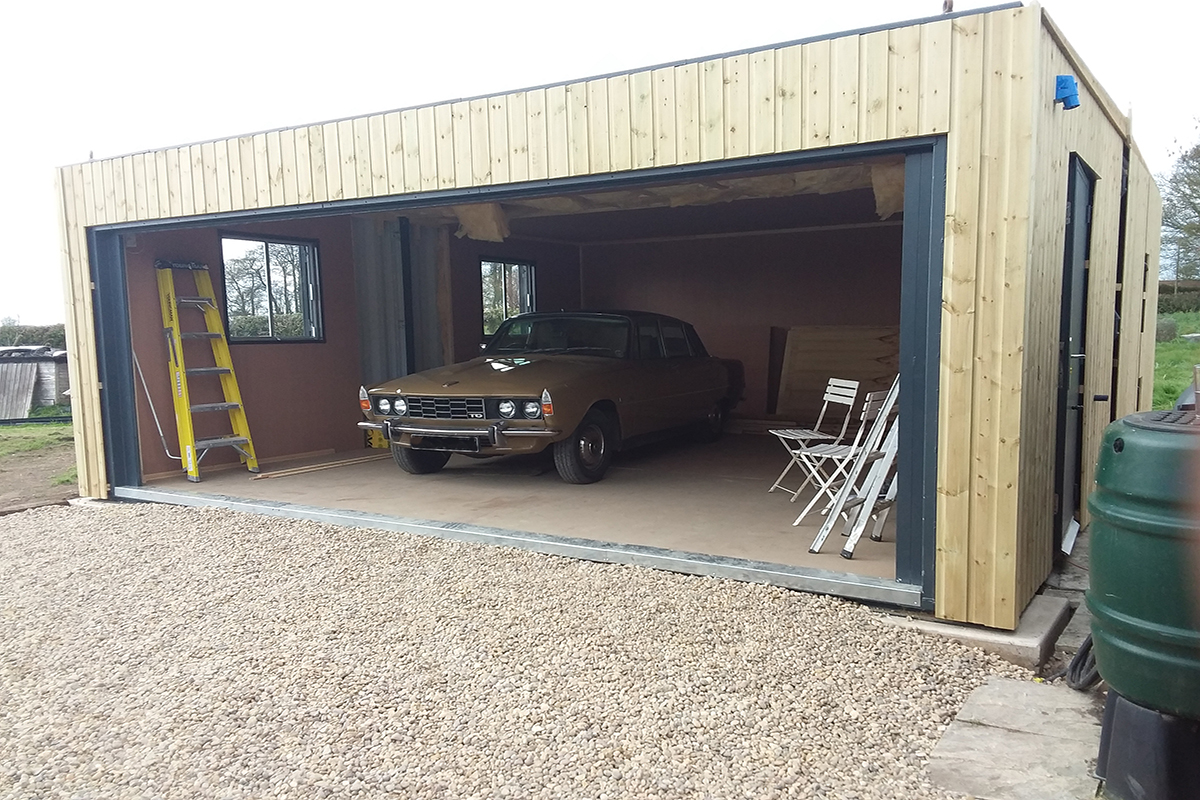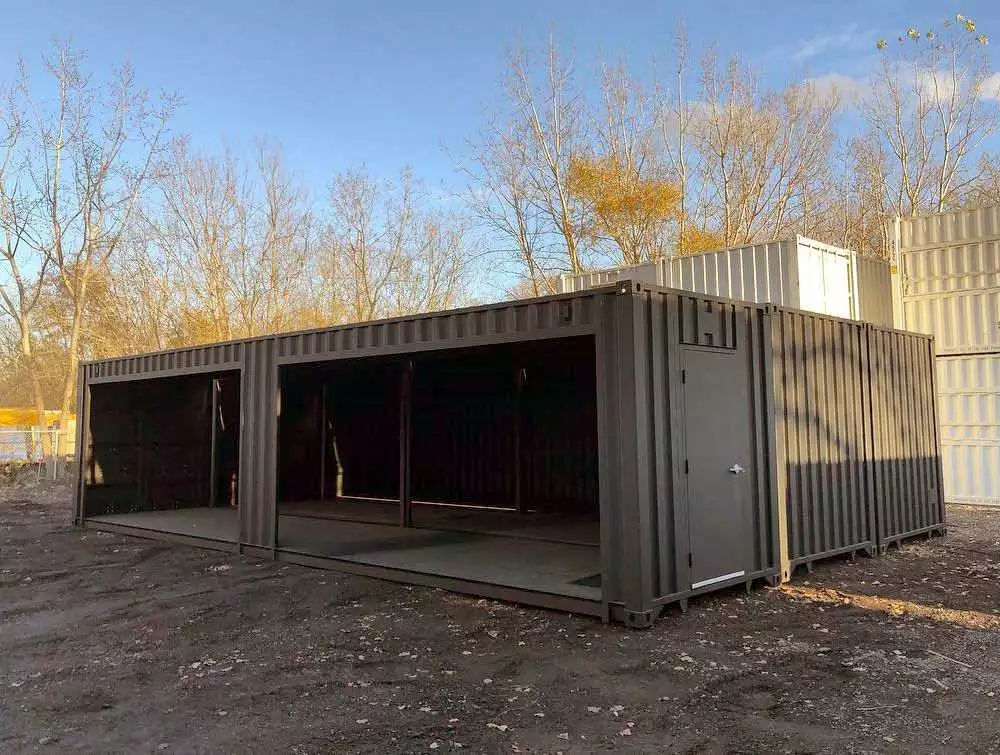
Building a Garage with Shipping Containers
Building a Garage with Shipping Containers
Constructing a garage requires creative thinking, and one increasingly popular option is to use shipping containers as building materials. These large steel containers, originally designed for transporting goods globally, have found a new purpose as versatile construction units. In this article, we will explore the advantages of building a garage with shipping containers, providing a step-by-step guide to help you embark on this unique and cost-effective project.
Benefits of Shipping Container Garages
- Cost-Effectiveness: Shipping containers offer a budget-friendly alternative to traditional building materials. Their availability, durability, and reasonable cost make them an attractive choice for garage construction.
- Time-Efficient Construction: Compared to conventional methods, shipping container garages can be assembled relatively quickly. As containers come pre-fabricated, a significant portion of the construction work is already completed.
- Mobility: Shipping containers are portable, easily transported, and relocated when needed, offering flexibility for those who move frequently or need a temporary structure.
Planning and Design
- Determine Requirements: Assess your storage needs, vehicle sizes, and additional space requirements to determine the number of shipping containers necessary for your garage.
- Obtain Permits: Check local building regulations and secure any necessary permits for constructing a shipping container garage.
- Design Considerations: Decide on the layout, door placements, and window installations to ensure functionality and aesthetic appeal.
Preparing the Site
- Clearing the Area: Remove obstacles and debris from the construction site, ensuring a level surface.
- Foundation: Depending on soil conditions and local building codes, a concrete foundation or alternative options like concrete piers or footings may be required.
Container Preparation
- Insulation: Apply suitable insulation to regulate temperature and minimize condensation within the containers. Options include spray foam insulation, rigid foam boards, or insulating panels.
- Creating Openings: Use a grinder or plasma cutter to create openings for doors, windows, and ventilation according to your design.
Construction and Assembly
- Container Placement: Use a crane or forklift to carefully position the containers onto the foundation, ensuring proper alignment and leveling.
- Securing the Containers: Weld or bolt the containers to the foundation and securely connect them to each other to ensure structural stability.
- Door and Window Installation: Install the selected doors, windows, and ventilation systems into the pre-cut openings.
Interior Finishing
- Electrical and Plumbing: Install wiring, outlets, lighting fixtures, and plumbing as required, ensuring compliance with local codes.
- Interior Walls and Flooring: Utilize materials like drywall, plywood, or paneling to create partition walls and finish the flooring to your desired specifications.
Building a garage with shipping containers provides an affordable and innovative alternative to traditional construction methods. With careful planning, design, and execution, you can create a functional and visually appealing garage that meets your specific needs. Consider the creativity, sustainability, and cost-effectiveness that shipping containers bring, and transform your garage into a unique space that stands out.
Throughout the construction process, remember to consult professionals and adhere to local regulations to ensure compliance with building codes. Enjoy the journey of building your shipping container garage and embrace the benefits it offers.


